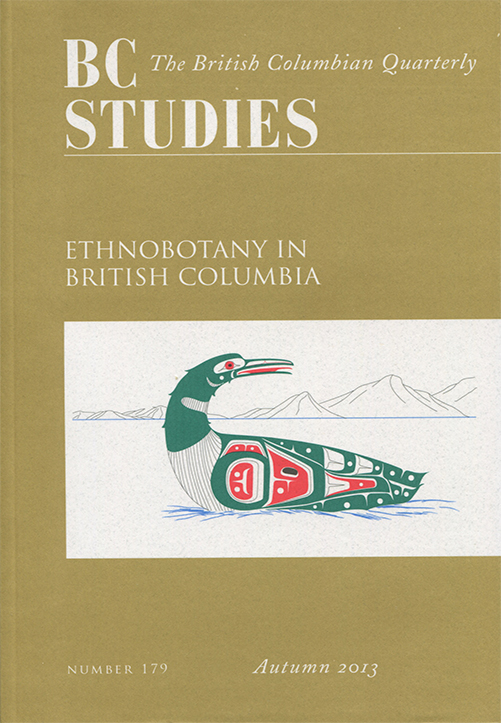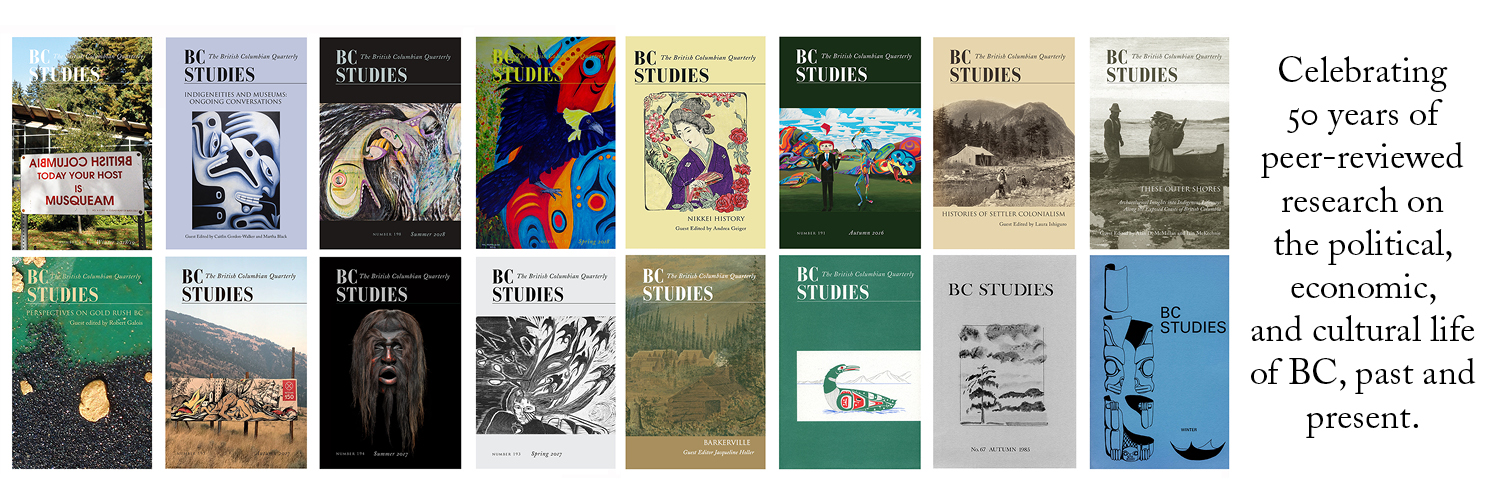PLANTS IN LANGUAGE AND CLASSIFICATION AMONG BC FIRST NATIONS
DOI:
https://doi.org/10.14288/bcs.v0i179.184111Keywords:
aboriginal languages, botany, ethnobotanyAbstract
Studies on the naming and classification of plants by First Peoples of British Columbia began with the works of early ethnographers like Franz Boas. In the 1970s, however, research in this area became more focused in BC, following general trends in ethnobiology and cognitive anthropology in documenting systems of biological “folk taxonomy” in different cultures and languages worldwide. This research reflects collaboration with ethnobotanists, linguists and Indigenous speakers and knowledge holders of First Nations’ languages, and includes recording the names and conceptual relationships of plant species and other plant categories. Identification of factors influencing plant nomenclature and shaping plant classification systems, and how these systems have changed over time and vary from language to language, has been a focus of the research. Most BC First Nations languages incorporate names for between about 120 and 150 different species or basic “generic rank” categories of plants. These tend to be arranged in a shallow hierarchy within a small number of higher order plant categories, such as for “tree,” “bush,” “grass.” In some culturally important species, more detailed sub-categories, within the “generic” taxa, are distinguished with more specific names. The indigenous categories for plants reflected in BC Indigenous languages and cognitive systems reflect culturally important plants, most of which are highly visible and widespread.



